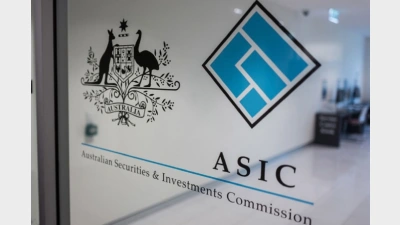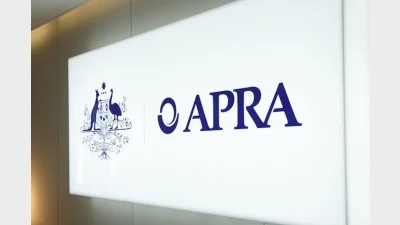ASIC pushes super funds to invest in property



The regulator has commenced a targeted review to address regulatory hurdles that may be discouraging superannuation funds from investing in property assets.
The Australian Securities and Investments Commission (ASIC) has begun a targeted review that may help bolster investment in property by Australian superannuation funds.
The review will examine potential changes to how stamp duty repayments are disclosed under Regulatory Guide 97: Disclosing fees and costs in PDSs and periodic statements (RG 97).
According to ASIC, concerns have been flagged that the disclosure affects performance test results and discourages property investment by super funds.
ASIC chair Joe Longo said the regulator is responding to consultation during an investor roundtable recently held by the Treasurer.
“This is exactly the sort of actionable idea to address regulatory issues ASIC is open to testing,” Longo said.
“If the review finds appropriate changes will deliver benefits without undermining disclosures, then ASIC will act. We want to ensure red tape isn’t unnecessarily holding back investments.”
“A significant portion of Australia’s $4 trillion superannuation system already invests in property assets, but we have heard there is appetite for more.
“This review will allow us to look at the way our regulations govern the calculation of fee-adjusted returns and encourage transparency and investment in our economy.”
Longo further stated that the review will consider whether class order relief should be granted to bring consistency to how internally and externally managed private credit arrangements are disclosed.
“A change like that could encourage internal management meaning lower costs for superannuation members as well as continuing to support safe credit growth for business borrowers,” Longo said.
The review will be led by ASIC with participation from industry representatives and Treasury and will report by 30 November. The review panel will seek direct submissions from experts and key stakeholders.
RG 97 currently requires the disclosure of transactional and operational costs, including brokerage, buy-sell spread, settlement costs (including custody costs), clearing costs, and stamp duty on an investment transaction.
According to ASIC, the guide governs which fees and costs must be disclosed in the Australian Prudential and Regulation Authority’s (APRA) superannuation fund performance test.
If the investment is in an unlisted property, such as a new apartment, the stamp duty fee is disclosed as a transaction cost. For investments in listed property, such as a real estate trust, stamp duty is rolled into the investment fees disclosure.
Not every fee and cost is included due to their difficulty to itemise. For example, borrowing costs, property operating costs, and – unless the costs are indirect costs covered by cl 101A(3)(a)(ii) – implicit transaction costs or market impact costs.
Recommended for you
Super funds have recorded modest gains in September as global equity strength and an AI-driven rally lifted investment returns.
ASIC is seeing an increase in misconduct exploiting superannuation, it stated in its latest annual report.
The super sector has welcomed the government’s payday super legislation, calling it a landmark step for fairer retirement outcomes.
The regulator has ordered super trustees to strengthen oversight of platform investments after member losses from failed schemes exposed governance weaknesses.









